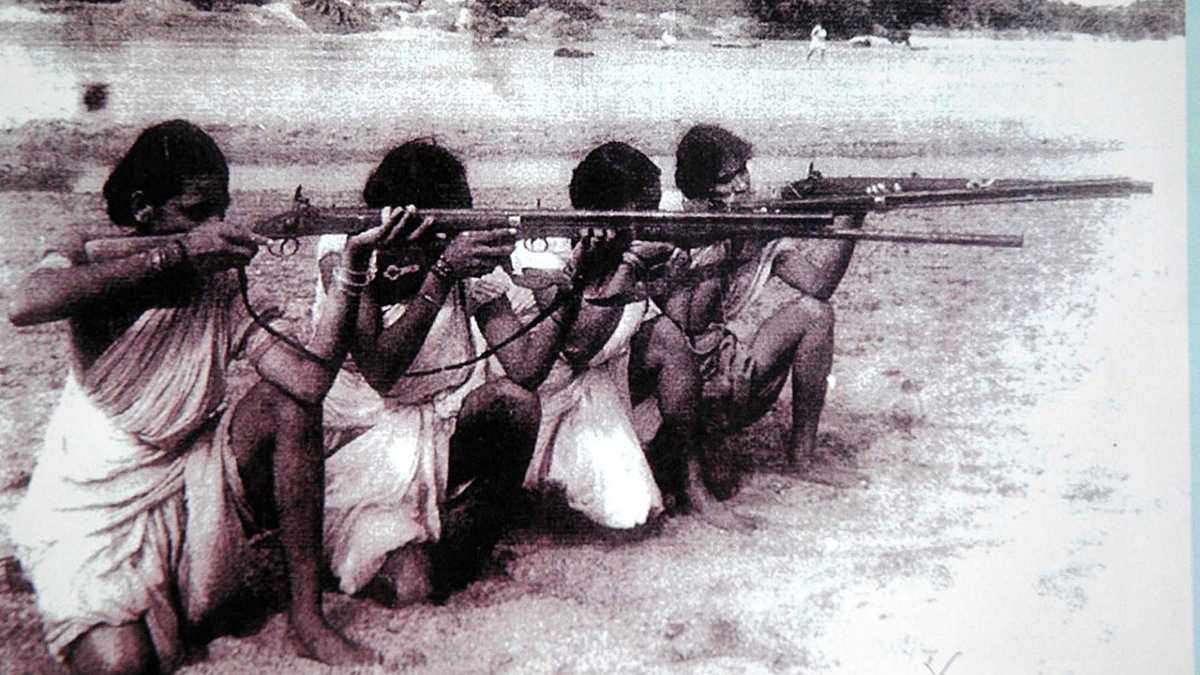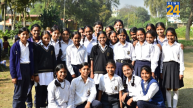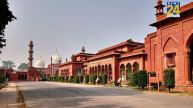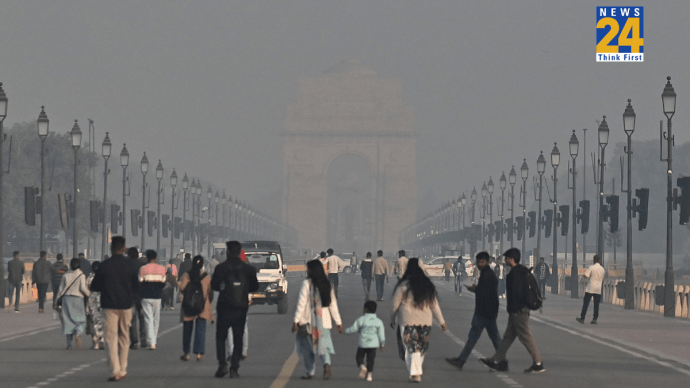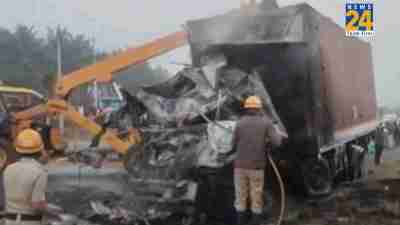The Year 2025 in India will be remembered as the year when the Communist Party of India celebrates its centenary.
The party that was established a hundred years ago to fight against capitalism, liberate the masses from exploitation, and wage an armed rebellion to set up a class-less society of proletariat has been allegedly reduced to a social democratic party that finds satisfaction in sharing the “booty of the capitalistic loot.”
What happened in these hundred years that the CPI underwent a paradigm shift that changed its character completely?
Small Communist Groups
The Communist movement in India began to take shape in the first quarter of the 20th century when small groups like Anushilan and Jugantar from Bengal, small communist groups from Bombay led by S. A. Dange, Madras led by Singaravelu, United Provinces led by Shaukat Usmani, Punjab, Sindh led by Ghulam Hussain and Bengal led by Muzaffar Ahmed, formed Tashkent group of Contacts.
However, M. N. Roy, Evelyn Trent-Roy, Abani Mukherji, Rosa Fitingov, Mohammad Ali, Mohamad Shafiq, and M. P. T. Acharya established the Communist Party of India in Tashkent on October 17, 1920. But, they did not adopt a “party constitution”, a prerequisite required to be considered for membership of the Communist International.
CPI Established In 1925
Officially, the CPI was set up on December 26, 1925, at the first Party Conference in Kanpur, by a group of communist leaders. S. V. Ghate was the first General Secretary of the CPI.
The CPI was poorly organised between 1920 and 1930, in fact, there were many factions, all claiming to be independent parties of their own rights. But the British government banned all of them, carried out crackdowns and crushed them mercilessly.
The CPI faced trials for three conspiracy cases between 1921 and 1924: the Peshawar Conspiracy Case, the Meerut Conspiracy Case, and the Kanpur Bolshevik Conspiracy Case.
Dynamic Shift In CPI Policies
The CPI underwent a dynamic shift in its policies due to the chaotic internal problems after independence and suffered ideological differences as well.
After B T Ranadive was elected General Secretary at the second party congress, the CPI adopted ‘Programme of Democratic Revolution’.
It was epoch-making in the sense that it included the struggle against caste injustice in a CPI document for the first time.
CPI For Armed Rebellion
Expanding the concept of class struggle, the CPI waged a rebellion in Telangana and the Nizam of Hyderabad.
The communist party raised a people’s army and militia and controlled an area with a population of three million.
The authorities brutally crushed the rebellion, and the CPI was forced to abandon the policy of armed struggle.
BT Ranadive was denounced as a ‘left adventurist’ and the party dumped him.
Expansion Of CPI
The CPI was established in Bihar in 1939 and it gained tremendous success and emerged as one of the biggest communist force in the country.
The grandiose success of communists in Bihar during the 1960s and 1970s placed the communist party in the forefront of left movement in India.
Bihar produced some of the legendary leaders like Sahajanand Saraswati and Karyanand Sharma, intellectual giants like Jagannath Sarkar, Yogendra Sharma, and Indradeep Sinha, mass leaders like Chandrasekhar Singh and Sunil Mukherjee, Trade Union leaders like Kedar Das and others.
Besides, Bhogendra Jha led the fight against the Mahants and Zamindars in Mithila region of Bihar. He won Parliamentary elections and was MP for seven terms.
CPI Splits
The CPI was divided in 1964 on ideological lines, two different party conferences were held, and the Communist Party of India (Marxist) was born.
The CPI was divided on the issue of supporting the Congress, it continued doing so and joined the United Front government in Kerala during 1970-77 with C. Achutha Menon as Chief Minister.
Political observers believe the United Front government exploited the opportunity to punish those from the managerial classes, money lenders, bosses with anti-labour stances, ration shopkeepers and truckers engaged in black marketing, under stringent provisions of MISA and DIR. The party used this opportunity to further pursue the class struggle by this this method.
Left Backs Congress
The CPI along with the CPIM and other left parties, supported the Manmohan Singh-led Congress government from outside in 2004. This leftist party backed the left to centre party for a price, it forged a Common Minimum Programme, that focused on discontinuing disinvestment, inreasing massive social sector outlays and pursuing an independent foreign policy.
However, the fissures in the coalition became apparent after Manmohan Singh government signed the Civil Nuclear Treaty or the 123 Treaty with the US.
Accusing the government of surrendering to Washington, the left parties, including the CPI pulled th plug. CPI(M), General Secretary Prakash Karat, announced on July 8, 2008, that the Left was withdrawing its support.
Left Front Governments
The CPI was in the Left Front government in West Bengal from 1977 to 2011. It also enjoyed government as a Left Front constituent in Tripura from 1993 to 2018.
The CPI is a part of the Left Front government in Kerala and it has four Cabinet Ministers. Similarly, it is also in the Tamil Nadu government led by M. K. Stalin.
However, the political analysts ask if the party has achieved its basic aim of armed rebellion and setting up of a socialist state.
Has CPI Deviated?
They also allege that the CPI has deviated from its path, jettisoned armed rebellion, left class struggle and adopted parliamentary democracy, which they had earlier rejected as “pigsty” of the house of pigs.
The party also must come out with a concrete answer at least now because a period of a hundred years is not a small time span. Even in the diverse and caste-ridden society of India, the masse should have been consolidated for an armed rebellion by now.
However, political analysts point out, the CPI does not talk about the revolution anymore, they talk about winning an election. Was the CPI established for this?
The masses for whom the party claims to have been fighting must get the right answer.

